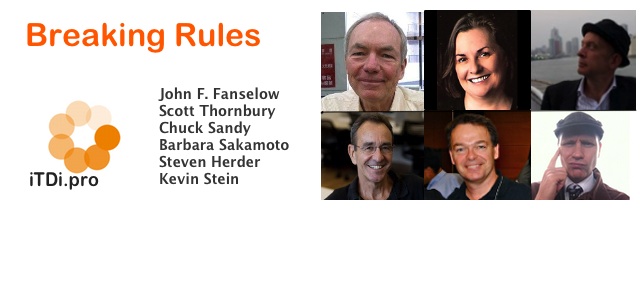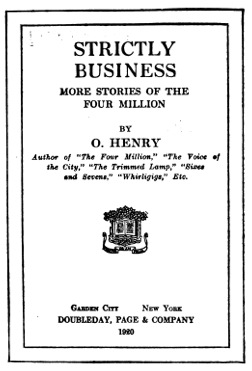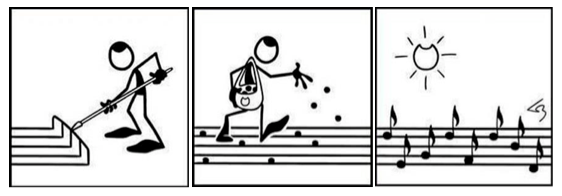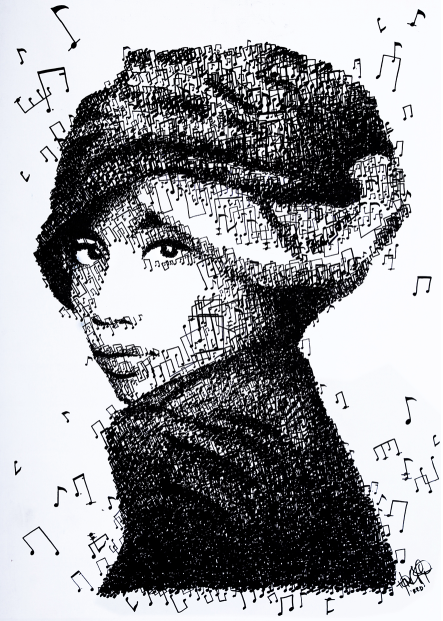Instant groove lesson recipe
By Erika Osváth
If someone asked me to jump in and teach a stand-by lesson to a group of children, teenagers or adults, a group of any age, I’d just walk in now with no pen, no paper, no book nor laptop and be somewhat sure we could come up with something fun and useful together. Something that I would certainly enjoy and hope they would like too. A lesson full of vocabulary practice, functional language, pronunciation, lots of speaking and listening and possibly some reading and writing too, age of the students and time permitting. And I’m sure some of you know already that one of my instant lesson ideas is to make a rap song together with the group.
I love rapping with my classes and this activity always seems to work, even in my teacher training sessions. So one day I got really curious to find out why this was and ended up looking into some uses of rhyme and rhythm over the history of the humankind in education. In my quest I stumbled upon Alexander de Villedieu, a French teacher and poet in the 12th century whose Doctrinale Puerorum, the book of Latin grammar put into rhyming and rhythmic verses, made it possible for literacy to become widespread well before the age of the printing press of Johannes Gutenberg two and a half centuries later. It was the power of the rhymes and rhythms that was so catching and appealing to everybody that they memorised the rules in no time, then were able to use these rules to work out and understand Latin text. Simply amazing!

After all the history and theory I felt I needed to stop with my search and started to notice that everything around me takes its own rhythm: from the tweeting of the birds in the spring to the silence that surrounds me, from the shape of the sunbeams in the morning sunrise to the colour of my daughters’ eyes.

Everything has its own rhythm and all we can and should do is to notice it and let it come out. “If you can walk you can dance, if you can talk you can sing” says a lovely proverb from Zimbabwe.
So here’s why I think rhymes and the rhythm of a rap song are such powerful teaching tools, even in the EFL classroom. Make sure you do the task I’m asking you at the end.
http://www.youtube.com/watch?v=AH06lmV-vDE&list=UUbxUWEsv94uwmkqaniQyiTw&index=7
Did you write down the key words? If you managed to spot them, you have half of the recipe of making a rap song ready.
So here’s the universal rap recipe:
1. Step into the room and notice how everything and everybody are: the weather, how many of your students are looking out the window or gossiping, the quality of the light, everything that is part of that moment. This would help you tune in with your students and together find the topic that interests them the most in that very minute. So let’s say our topic of this moment is: spring or summer? (lower level)
2. Elicit a few words, expressions, or collocations around the topic of their interest, reformulate, upgrade and write the language on the board. Say in this case: windy, hot, rainy, etc. With the new ones you can play some games to reinforce meaning and use. This would also include work on stressed syllables, for example through humming a word/expression to them and asking students to guess it, followed by the same activity done in pairs.
3. The above would be a good way to sensitise students to the rhythm of these key words and then to get them ready to stand up and add the rhythm with their bodies, too. So at this stage choose three to four words to make a vocabulary chant or rap with them with movement. The easiest rhythm pattern you can use for this purpose is a four-beat rhythm, which then you can vary as you wish depending on whether you use three or four key words. For three words, you could use the following pattern:
1, 2, 3, X (clap) windy, hot, rainy, clap
1. 2. 3, X (clap) windy, hot, rainy, clap
1, 2, 1, 2 windy, hot, windy, hot
1. 2. 3, X (clap) windy, hot, rainy, clap
4. Then put together put some language around the vocabulary, some chunks that would occur naturally when talking about this topic, eg., to create authentic speech. For example:
Is it really summer? Where has spring gone?
It’s rainy and windy, and terribly hot.
I wonder why this is, and I’m listening to the birds.
They just keep tweeting and like it a lot.
(I just made this up based on my moment)
5. Finally, read it out to them with the four-beat pattern and ask them to mark the stressed words/syllables – see above. Then get them to stand up, chant it together, dance along and enjoy the rhythm. If you have a tune to play it makes it even more fun. Here’s a collection I found suitable for my classes.
Enjoy the groove! – Erika Osváth
Connect with Erika and other iTDi Associates, Mentors, and Faculty by joining iTDi Community. Sign Up For A Free iTDI Account to create your profile and get immediate access to our social forums and trial lessons from our English For Teachers and Teacher Development Courses.




















